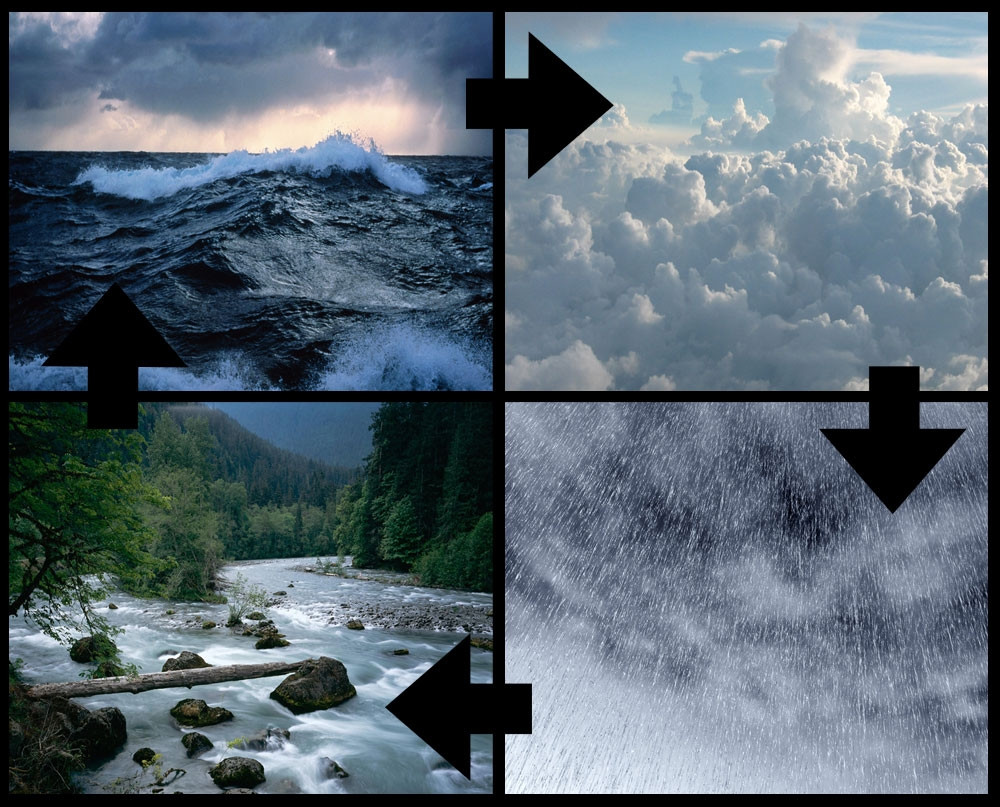All the rivers run into the sea, and yet the sea is not full. Ecclesiastes 1:7

Waste does not exist in nature. In the natural world, everything is cyclical; everything happens in closed loops and dynamic systems of loops.
One familiar example would be the hydrological cycle, in which energy from the sun charges the atmosphere with water vapor and moves it inland on thermal currents, where it falls to the earth as rain or snow and begins the journey back to the sea. Everything in nature cycles through similar patterns.
"All organic materials are destined to be consumed, combust, or decompose. Nature allows no exceptions." ~ Sam Rodell

The definition of organic is "related to, or derived from living organisms". In a broad perspective, all living ('organic') material belongs to the soil cycle, meaning nature intends for it to return to the soil (or sea). Natures' plan for anything organic is for it to ultimately burn, provide food for other living organisms, or return to the earth to decompose.
In contrast, the definition of inorganic is "involving neither organic life nor the products of organic life". Inorganic material does not belong to the soil cycle. It will not rot, burn, or provide food for other organisms... and it tends to have abundant thermal mass.
The implications of these fundamental facts of life have profound implications for the design of the built environment. Why select organic material to build with, if we know that it is destined to burn, decay, or rot? Wood is a beautiful material, and we love it in applications like furniture or interiors, but if durable architecture is the goal, it is an extremely poor choice as a material for the exterior envelope of a building.
Mainstream, industrialized construction materials and methods that use organic material most often attempt to resist and delay the course of nature by means of toxic chemical treatments and processing. We live in the midst of a cancer epidemic - and we live and work in interior spaces created with known carcinogens.
The earth offers us a virtually unlimited quantity of inorganic material, right underneath us, that is available to build healthy buildings with the absolute most minimal impact on the environment. Inorganic material is the obvious choice for building architecture that is non-toxic, sustainable, durable, and comfortable in the heat or cold.
